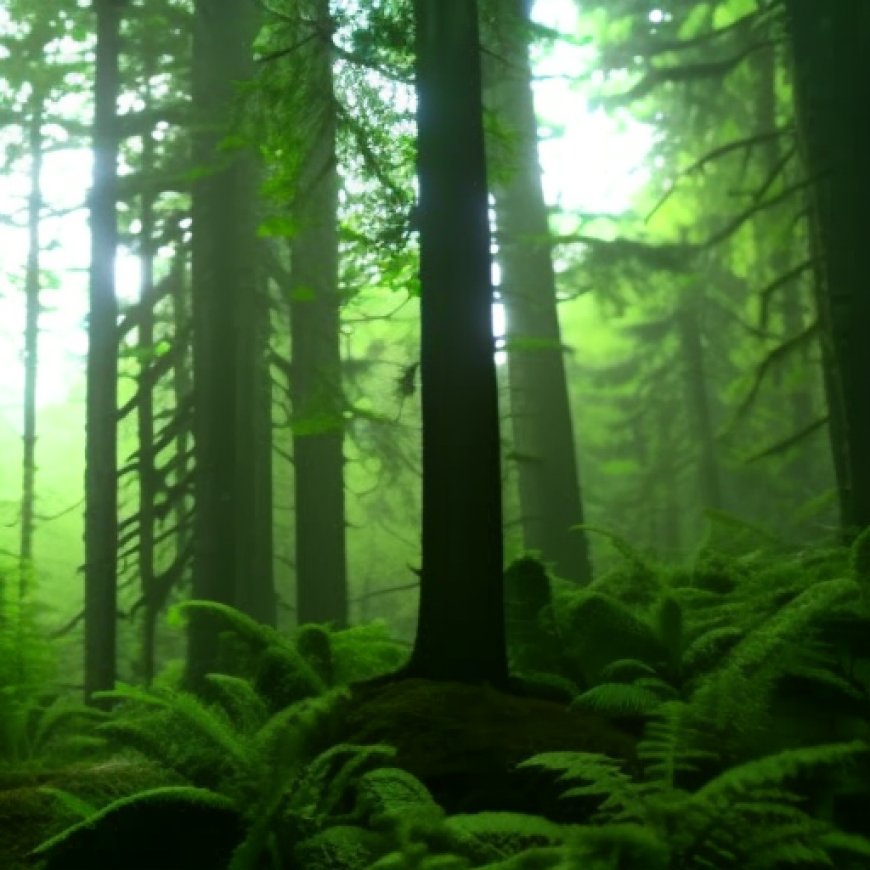Forests and Climate – Oregon Wild


The Importance of Forest Management in Combating Climate Change in Oregon
As our planet continues to warm at an unprecedented rate, the impacts on Oregon’s economy, communities, ecosystems, and our way of life will only intensify. The single biggest step Oregon can take to combat climate change is to modernize our forest management laws and protect mature and old growth forests.
Climate Change Impacts in Oregon
In recent years, the impacts of climate change in Oregon have become more acute, including heatwaves, droughts, wildfires, and severe winter storms that have impacted communities and our treasured wild places. These extreme weather events have led to significant economic losses, displacement of communities, and destruction of natural habitats.
The Role of Forests in Climate Change Mitigation
Protecting our forests offers win-win solutions that simultaneously address the impacts we are already experiencing while also reducing the future threats of climate change. Forests play a crucial role in mitigating climate change by acting as carbon sinks, absorbing and storing large amounts of carbon dioxide from the atmosphere.
- Old growth forests, in particular, have the highest carbon storage capacity due to their large trees and long life spans.
- By protecting mature and old growth forests, we can ensure the preservation of these carbon sinks and prevent the release of stored carbon into the atmosphere.
- Furthermore, intact forests help regulate local and regional climate patterns by providing shade, reducing temperatures, and maintaining moisture levels.
The Sustainable Development Goals (SDGs)
The United Nations’ Sustainable Development Goals (SDGs) provide a framework for addressing global challenges, including climate change. The protection and sustainable management of forests align with several SDGs:
- SDG 13: Climate Action – Forest conservation and restoration contribute to reducing greenhouse gas emissions and combating climate change.
- SDG 15: Life on Land – Forests are essential for biodiversity conservation and the preservation of terrestrial ecosystems.
- SDG 11: Sustainable Cities and Communities – Forests provide numerous benefits to urban areas, including improved air quality, reduced heat island effect, and recreational opportunities.
By prioritizing the protection of mature and old growth forests, Oregon can make significant progress towards achieving these SDGs while also mitigating the impacts of climate change on its economy, communities, and ecosystems.
SDGs, Targets, and Indicators
-
SDG 13: Climate Action
- Target 13.1: Strengthen resilience and adaptive capacity to climate-related hazards and natural disasters
- Target 13.2: Integrate climate change measures into national policies, strategies, and planning
- Target 13.3: Improve education, awareness-raising, and human and institutional capacity on climate change mitigation, adaptation, impact reduction, and early warning
- Target 13.b: Promote mechanisms to raise capacity for effective climate change-related planning and management in least developed countries and small island developing states
The article highlights the impacts of climate change in Oregon, including heatwaves, droughts, wildfires, and severe winter storms. By protecting mature and old growth forests, Oregon can combat climate change and address these impacts. This aligns with SDG 13, which aims to take urgent action to combat climate change and its impacts.
-
SDG 15: Life on Land
- Target 15.1: Ensure the conservation, restoration, and sustainable use of terrestrial and inland freshwater ecosystems and their services
- Target 15.2: Promote the sustainable management of all types of forests, halt deforestation, restore degraded forests, and substantially increase afforestation and reforestation globally
- Target 15.9: By 2020, integrate ecosystem and biodiversity values into national and local planning, development processes, poverty reduction strategies, and accounts
The article emphasizes the need to protect mature and old growth forests in Oregon. This aligns with SDG 15, which aims to protect, restore, and promote sustainable use of terrestrial ecosystems, sustainably manage forests, and halt biodiversity loss.
| SDGs | Targets | Indicators |
|---|---|---|
| SDG 13: Climate Action |
|
No specific indicators mentioned in the article. |
| SDG 15: Life on Land |
|
No specific indicators mentioned in the article. |
Source: oregonwild.org








